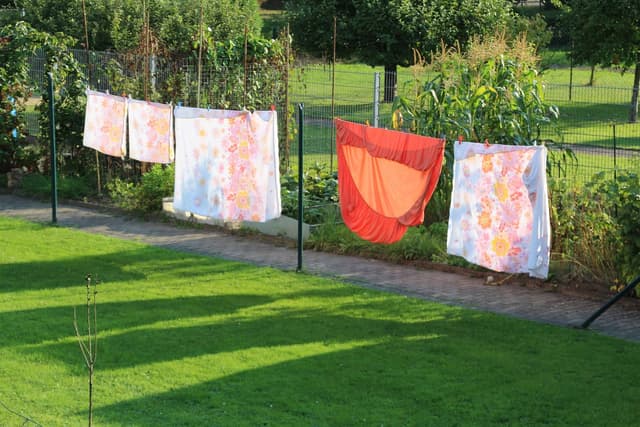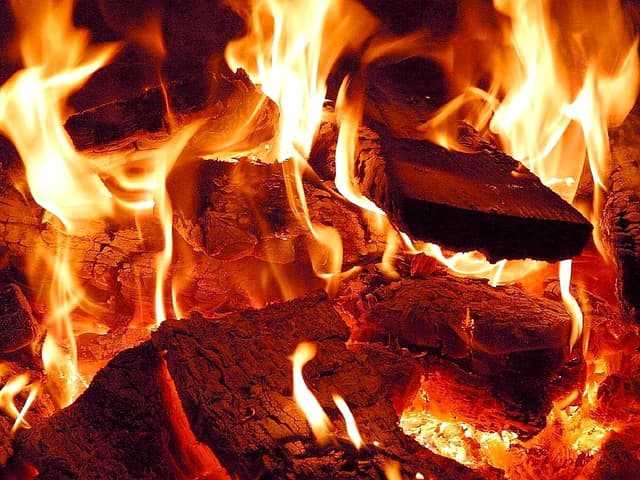Rusting: an irreversible change
I can describe rusting as an irreversible change, where a new material is formed.
Rusting: an irreversible change
I can describe rusting as an irreversible change, where a new material is formed.
These resources will be removed by end of Summer Term 2025.
Lesson details
Key learning points
- Rust is reddish brown in colour and has a rough texture.
- Rust is a new material that is formed when iron or steel is exposed to oxygen in the air and water.
- Rusting is an irreversible change whereby the original material cannot easily be recovered.
- Rusting materials can be looked at closely as they change over time, using observation skills.
Keywords
Rust - Rust is a reddish brown material which forms when iron or steel reacts with water and oxygen from the air.
Metal - Most metals are strong, hard and shiny materials.
Irreversible change - If a change is irreversible, it cannot be undone or changed back to its original state.
Observe - To observe is to look very closely and use other senses too.
Common misconception
Rusting happens immediately when the correct conditions are present and it only happens in water.
Teaching slides explain that rusting is not instant and that moisture from the air provides enough water for the process to take place.

Equipment
Steel wool pads and bowls or saucers. Using a transparent centimetre square grid is optional.
Content guidance
- Risk assessment required - equipment
Supervision
Adult supervision required
Licence
Starter quiz
6 Questions


freezing
evaporation

when a liquid changes to a gas
when a solid changes to a liquid
when a liquid changes to a solid
when a gas changes to a liquid
Exit quiz
6 Questions





